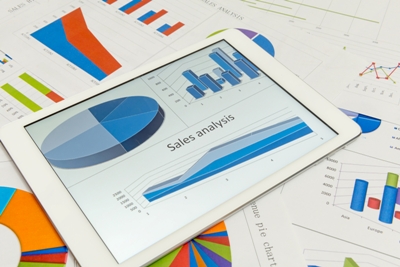Different types of financial models are essential for a business’s future. A company or enterprise is required to have a solid financial foundation to support its future. Through financial models, a business can understand its expenses and revenue. Every type of business, if it is small or big, uses some sort of financial model.
Generally, people who are new to the concept of financial models think that there is only one type of financial model: the three statement model. ( It includes a statement of profit and loss, Balance Sheet, Cash flow statement.)
But there are various types of financial models that are used for different purposes. Here, in this blog, we will explore those models. as well as they can financial homework help. But before that, let’s understand the overview of the financial model.
What is a Financial Model?
A financial model is a tool that is built-in in spreadsheet software like Excel. It is used to evaluate a company’s past or historical performance to forecast how it will perform in the future. Generally, a financial model includes calculating the financial statement like the income statement, balance sheet, and cash flow statement.
Let’s learn some uses of financial models.
Uses of Financial Models
The financial model is used to make decisions and perform financial analysis, whether inside or outside the company. In a company, the executives use financial models to make decisions about:
(i) Raising Capital
(ii) Selling or divesting assets and business units.
(iii) Forecasting and Budgeting
(iv) Management Accounting
(v) Allocation of Capital
Now, let’s move to discuss the different types of financial models.
Types of Financial Models
There are different types of financial models. Here, we will learn the top 7 types that are used in corporate finance by financial modeling professionals;
3 Statement Model
It is the common basic setup for financial modeling. As the name implies, the Three Statement Model includes an income statement, balance sheet, and cash flow. They are dynamically linked with formulas in Excel. Its main objective is to set it up so that all the accounts are connected, and the set of assumptions can drive changes in the entire model. Knowing how to link these three statement models is essential, which requires a solid foundation of accounting, finance, and Excel skills.
DCF (Discounted Cash Flow) Model
It is a specific type of financial tool that is used to value a business. The DCF model is built on the three statement model based on the Net Present Value (NPV) of the business’s future cash flow. This model takes the cash flow out of the three-statement model. It makes some adjustments where needed, and after that, apply the XNPV function in Excel to discount them back to the company’s WACC (Weighted Average Cost of Capital). The DCF model is generally used in equity research and other areas of capital markets.
Merger Model (M&A)
The M&A is the most advanced model. It is an analysis that represents the combinations of two companies that come together through the M&A process. This is used to evaluate the pro forma accretion/dilution of a merger or acquisition. It is common to use a single tab model for each company, where the consolidation of Company A+Company B= Merged Co. This model is commonly used in investment banking and corporate development.
Initial Public Offering (IPO) Model
An Initial Public Offering (IPO) is the first sale of stocks issued to society. Before an IPO, an organization is considered a private company, generally with a small number of investors like friends, family, founders, and business investors. Investment bankers and corporate development experts also build IPO models in Excel to value their business. These models include studying equivalent company summaries in connection with an assumption about how much investors would be ready to pay for the company.
Leveraged Buyout (LBO) Model
It is a transaction where a company earns using debt as a primary source of consideration. These transactions generally occur when a private equity firm borrows from various lenders as much as it can. This type of model is not very common outside of private equity or investment banking.
Budget Model
This model uses financial planning and analysis to get the budget together for the coming years. Budget models are designed based on the monthly or quarterly figures and heavily focus on the income statement.
Forecasting Model
The forecasting model is also used in financial planning and analysis (FP&A). It is used to build a forecast that is compared to the budget model.
Consolidation Model
This model includes multiple business units that are added into one single model. Typically, each business unit has its tab, with a consolidation tab that simply sums up the other business units.
Conclusion
To conclude, we have learned 7 different types of financial models. The most usable model in Finance Modelling is the 3 statement model. This model is most prepared. This model is easy to operate. You do not need to change between tabs.
However, you have made an excellent choice to learn Financial Modeling. It is essential to know about different types of financial models as it is vital for a company’s future.
FAQs
- What is a good financial model?
Answer- A good financial model should be free of errors and very easy to read and understand.
2. What are some financial skills?
Answer: Following are some important financial skills you need to have;
- Analytical Thinking
- Accounting Skills
- Business Intelligence
- Mathematics
- Financial Management
- Cash Flow Management
